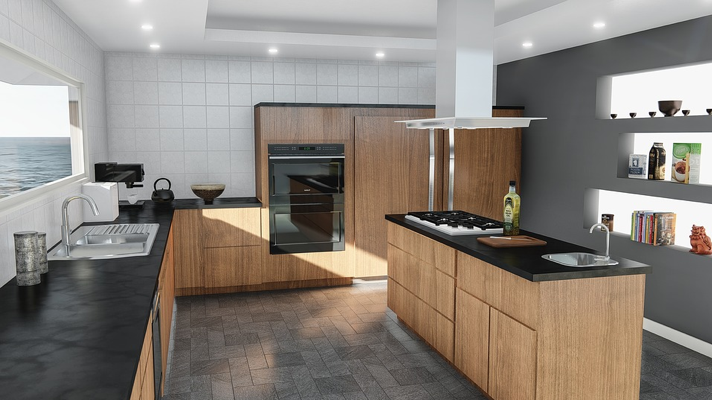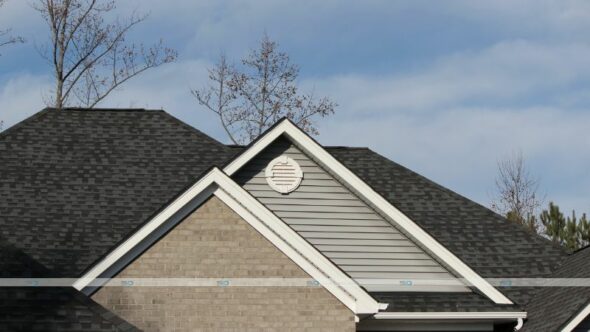Suspended ceiling tiles are a common occurrence in commercial settings as they help to conceal plumbing, ductwork, and electrical wiring while still allowing for these things to be easily accessed when required. There are a number of different ways of installing suspended ceiling tiles, and which will be best for you will depend on things like their intended purpose, environmental factors, aesthetics, and the building’s infrastructure. We’ll take a look at the most common ways of installing suspended ceiling tiles below.
Here’s the best Sarkinen Plumbing serving Vancouver and nearby areas, you can check them out to opt with your plumbing issues.
1. Suspension Grids
Suspension grids are the most common way of installing suspended ceiling tiles. This involves a drop ceiling made of metal channels that form an upside-down t-shape, which the tiles fit onto. Concealed, slimline, and standard options are all available. This type of ceiling is relatively easy to install, although since most rooms are not evenly divisible, contractors usually do need to cut some tiles to ensure they fit as required.
2. Snap Clip Suspended Ceilings
Snap Clip suspended ceiling systems utilize a unique “snap and clip” technology which makes installation as easy as pie. They are an ideal choice for homes, and are quite flexible, being just as suitable for basement ceilings as they are for children’s playrooms, man caves, and extended living spaces. Snap Clip ceilings also have a luxury aesthetic, making them a top choice for those who are concerned about the look of their rooms, yet still want an easy to install ceiling.
3. Drop Out Ceilings
Drop out ceilings are designed to be installed underneath fire sprinklers. Because of this, the tiles that are used in their design are heat sensitive so that the sprinkler system above them can be triggered. As you may imagine from their name, in the event of a fire, drop out tiles literally drop out of their place, enabling the sprinkler system above them to do its job. They’re especially popular in commercial settings like restaurants and factories. By working with a dropped ceiling company, you can develop ideas for how you want the dropped ceiling to look and how you want to renovate a space.
4. Bandraster
Bandraster systems contain an exposed grid that is wider than the suspension grid. They are a good choice for people who want their ceilings to contain a different pattern – and can be customized with both squares and rectangles. Bandraster systems are also ideal for ceilings that have a number of different lights that need to be incorporated.
5. Concealed Grids
Finally, we have concealed grids. These make use of an interlocking mechanism, with the panels interlocking and sliding in and out of the grid. They aren’t an especially popular style of suspended ceiling, but they are often used in applications where there is little of value above the ceiling as obtaining access after installation is usually difficult. A key panel is often installed in one of the corners to enable access as otherwise the only other option is to destroy the tiles.
Other models of suspended ceilings include stretch ceilings and suspended drywall ceilings. Which is best for you will depend on your requirements for both functionality and aesthetics.







